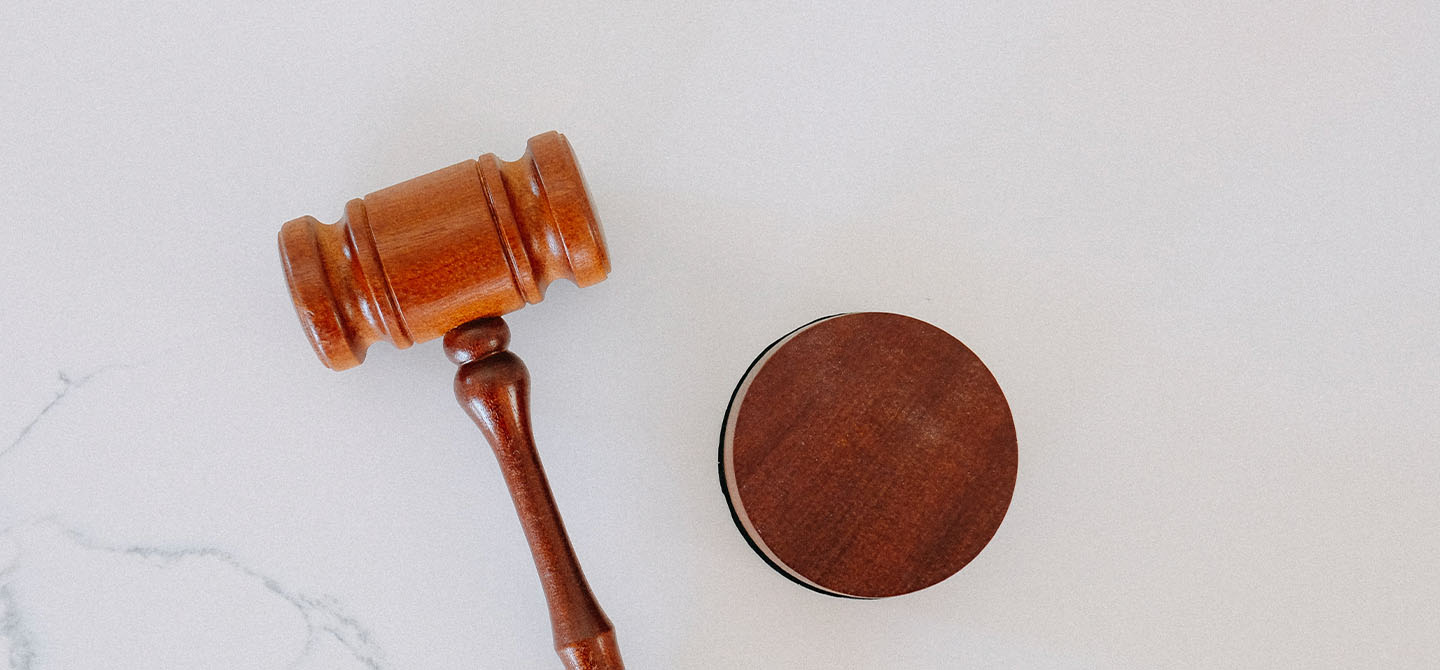So you’re ready to launch your new invention to market. If your new idea is a device, substance, method or process, a patent might be the right protection for you. But how do you get a patent? This article is a guide to the patent application process.
Can you patent your invention?
In general, almost anything that has a commercial use can be patented. Whether your invention is a device, machine, substance, process, computer hardware or software, and some cases a business method, it may be eligible for a patent. To figure out whether your invention can be patented it is helpful to consider what cannot be patented. Only a tangible invention are patentable. For example, ideas, theories, mathematical models, artistic works and creative designs cannot be patented. If your idea is one of these, you may be eligible for a different intellectual property protection.
You can apply for one of two types of patent: a standard patent, or an innovation patent.
- For a standard patent, your invention must also be new and useful, and must involve an inventive step — that is, it cannot be obvious.
- For an innovation patent, your invention must involve an innovative step. An innovative step means there must be a difference between the existing technology, and your new invention, and the invention must make a substantial contribution to the way the technology works.
It is important to consider which patent type is right for you. This guide focusses on the standard patent application process.
You should also make sure that your invention has not been used secretly (by you or with your consent) prior to your patent application. Because secret use could make your invention not ‘new’, it could affect its eligibility for a patent.
To ensure that your invention meets these standards, you should also conduct a search of the patent register.
Should you patent your invention?
Provided your invention is eligible for a patent, you should weigh the pros and cons of applying for a patent. There is no point in patenting your invention unless you plan to commercialise it, and you can defend it in the event of a potential infringement.
Consider whether the potential commercial benefit of having your invention protected outweighs the time, effort and cost of a patent application. If it does, then a patent may be right for you.
File your patent application
The next step is to apply to IP Australia for a patent. There are three types of applications: provisional, complete and international.
A provisional application is the quickest way to get the earliest possible priority date. The priority date is important as this will signal that you were the first to register the invention. However, your provisional application does not provide any protection on its own, rather it allows you to secure a priority date before making a complete application.
Your provisional application should include:
- A provisional application form
- A provisional specification, including details of your invention, and
- The filing fee (currently $110 for an online application)
A complete application is necessary to actually have your patent granted. You may submit a complete application within 12 months of your provisional application to keep your original priority date, or standalone.
A complete application should include:
- A patent request: Standard Patent form (or Innovation Patent form)
- A complete specification, including abstract
- The filing fee (currently $370 for an online application for a standard patent)
The complete specification will include a title, a description of your invention, the claims (the features of your invention), and an abstract (a summary of the application).
An international application (also known as a Patent Cooperation Treaty application) allows you to apply for a patent in several different countries simultaneously. This may be a good option if intend to operate in overseas markets.
Publication of your patent application
Once IP Australia receives your complete application, it will be published in the Australian Official Journal of Patents (AOJP). Publication is an important step as you can take legal action for any infringements occurring from the date your application is published.
Whether you submit a provisional application and a complete application, or just a complete application, it is important to include all the necessary information about your invention in your specification. This is because you may not be allowed to add to your specification once filed.
Patent Examination
Once your patent application has been published, you need to request that IP Australia examines your patent. You can request this at any time within 5 years of applying. Because your patent is not enforceable until passing examination, usually you should request this as soon as possible. A standard patent examination request currently costs $490.
During examination, IP Australia will assess your invention to determine whether it meets the requirements. IP Australia’s response will be either:
- A notice of acceptance
- An examination report, detailing why the application is not valid
If you receive an examination report, you will have an opportunity to respond by amending your application. If you overcome IP Australia’s objections in the examination report, your patent will be accepted.
After acceptance, other parties have an opportunity to oppose your patent (the opposition period). During the opposition period, other parties have 3 month to start legal proceedings to show why your patent should not be granted. Again, if such an opposition is successful, you will have the opportunity to amend your specification to overcome any problems. However, it is rare that a patent will be opposed at this stage.
After the opposition period, you are required to pay an acceptance fee (currently $250). At this point, IP Australia will grant your patent.
Patent grant and maintenance
Once your patent has been granted, you have an exclusive commercial right to your invention for the duration of the patent. Most standard patents last for up to 20 years (with the exception of pharmaceutical patents, which can last up to 25 years). However, you must pay an annual fee to renew your patent and retain your protection. The first renewal fee is due on the 4th anniversary after filing of your complete application. The 4th anniversary fee is currently $300 for a standard patent, and increases over the life of the patent.
If you do not pay your renewal fee by the due date you will be able to pay within 6 months. This will attract a late fee of $100 for each month that the payment is late. If you do not pay your renewal fee and any late fees after 6 months, your patent will lapse and you will lose your protection.
It is possible to ‘revive’ your patent after this point if you can demonstrate the non-payment was due to an error, or circumstances beyond your control.
To sum up
In order to gain the protection of a patent for your invention, you must make an application to IP Australia. Broadly, the patent application is as follows:
- Determine whether you qualify for a patent
- File a patent application
- Request examination of your patent
- Maintain your patent
If you would like to speak with our intellectual property lawyers, just contact us via 1300 337 997 or by filling out the contact form.







